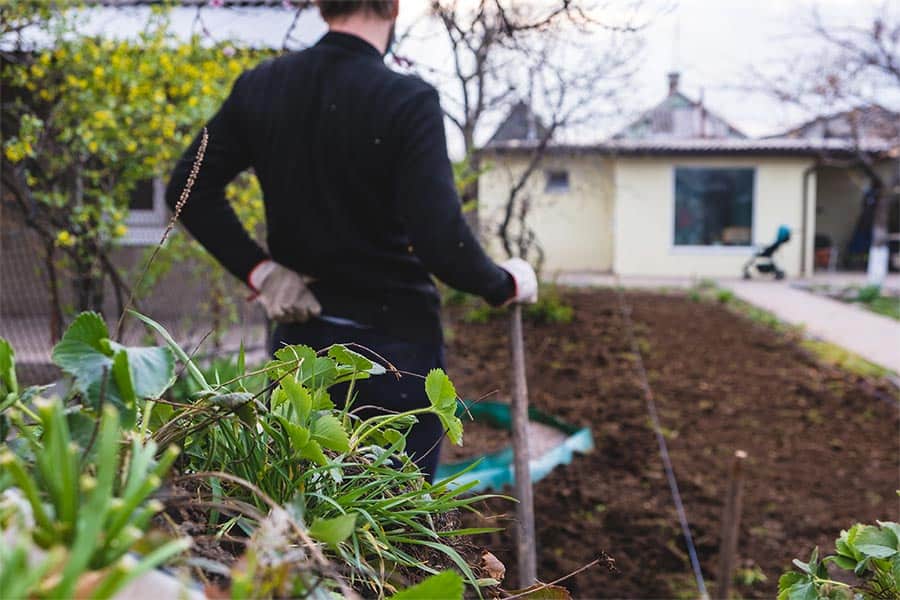It’s estimated that 120 million American homeowners gardened in 2020 with 50 percent hitting the soil for the first time in the past 12 months. While gardening is a relaxing hobby, a great workout, and a way to learn to grow your food, it’s also one of the top causes of back pain in people over 40.




